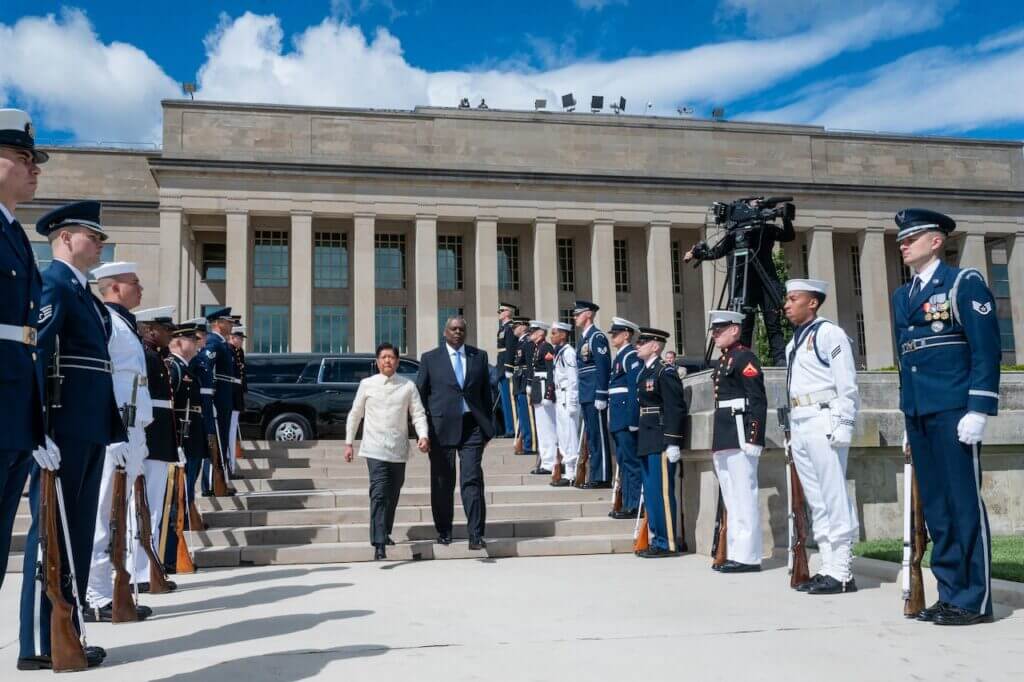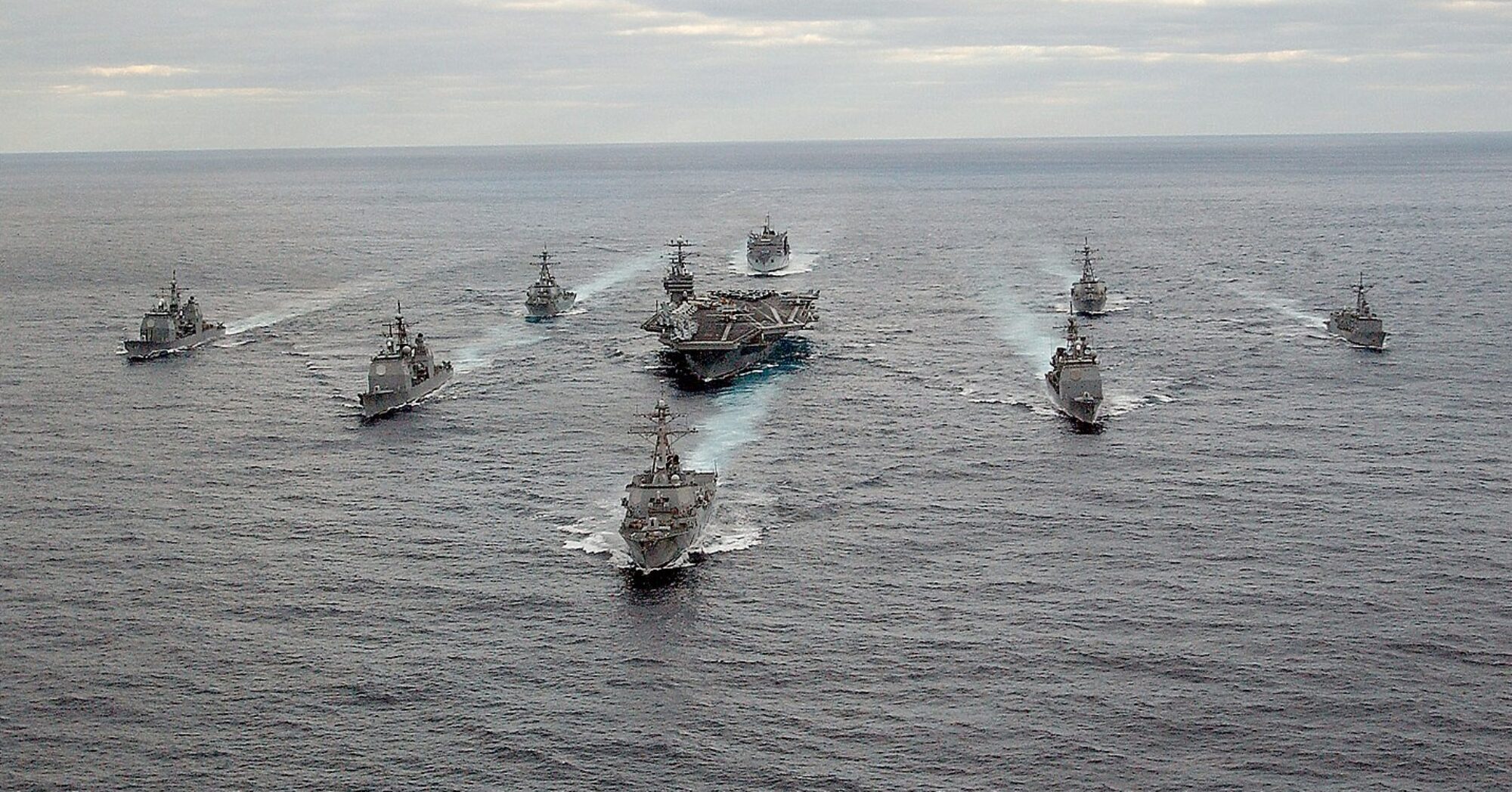
Introduction:
The United States and the Philippines have come to an agreement to continue the vital work required to modernize and strengthen the alliance between the two nations. This agreement was reached between Secretary of Defense Lloyd J. Austin III and Philippine President Ferdinand R. Marcos Jr. during a ceremony at the Pentagon, where the U.S. reiterated its commitment to the Mutual Defense Treaty. This commitment applies to armed attacks on the armed forces, coast guard vessels, public vessels, or aircraft in the Pacific, including the South China Sea.
The Importance of the Alliance:
The alliance between the United States and the Philippines is of utmost importance, and the two nations have agreed to continue working together to ensure its success. The recent visit by Marcos to the Pentagon has furthered the efforts to strengthen the relationship between the two nations. The U.S. is supporting the Philippines’ defense modernization efforts and is helping to build their interoperability, information sharing, and planning to address conventional and nonconventional threats.
Deepening Coordination and Interoperability:
The two nations are deepening their coordination and interoperability, which is crucial to ensuring that the alliance is effective. The recent Balikatan exercise was the largest in history, with 17,000 troops from the Philippines, the United States, and Australia, covering land, sea, air, and cyber scenarios. Following on that effort is Cope Thunder, an exercise testing air power interoperability. The U.S. is committed to supporting the Philippines’ defense modernization efforts, and this will help to build interoperability, information sharing, and planning to address conventional and nonconventional threats.
Expanding Operational Cooperation in the Maritime Domain:
The U.S. is committed to expanding its operational cooperation with the Philippines in the maritime domain, including the South China Sea. The two defense leaders discussed U.S. support for Philippine defense modernization efforts and the ongoing plans to continue to operationalize the agreement sites. These efforts will help to build interoperability, information sharing, and planning to address conventional and nonconventional threats.
New Bilateral Defense Guidelines:
Marcos and Austin also discussed new bilateral defense guidelines. This item reflects the unprecedented effort behind modernizing the alliance to bring it into a new era of cooperation. The emphasis is to look at how threats arise in the various domains and what form those threats will take. This will enable Philippine and U.S. officials to chart a bilateral way forward to help build interoperability, information sharing, planning, etc., around how they address these conventional and nonconventional threats.
Key Takeaways:
The United States and the Philippines are committed to strengthening and modernizing their alliance.
Deepening coordination and interoperability are crucial to ensuring the alliance’s effectiveness.
The U.S. is committed to supporting the Philippines’ defense modernization efforts.
The two nations are expanding their operational cooperation in the maritime domain, including the South China Sea.
New bilateral defense guidelines are being developed to address conventional and nonconventional threats.
Conclusion:
The recent agreement between the United States and the Philippines to modernize and strengthen their alliance is a positive step towards ensuring the readiness of the U.S. Navy and the security of the people of America. As Americans for a Stronger Navy, we are proud to be a part of the Navy community and support efforts to strengthen alliances and ensure national security. We encourage all Americans to rally behind this cause and support the efforts to build a stronger and more secure future.

